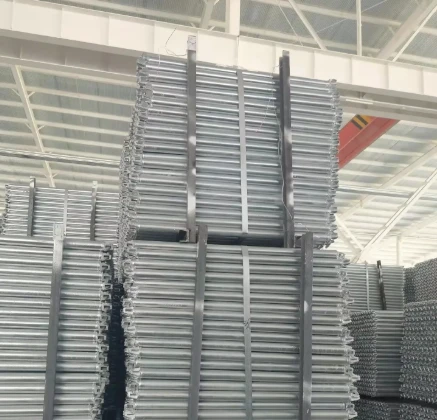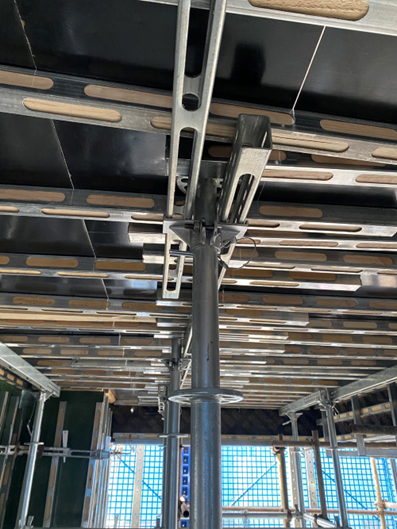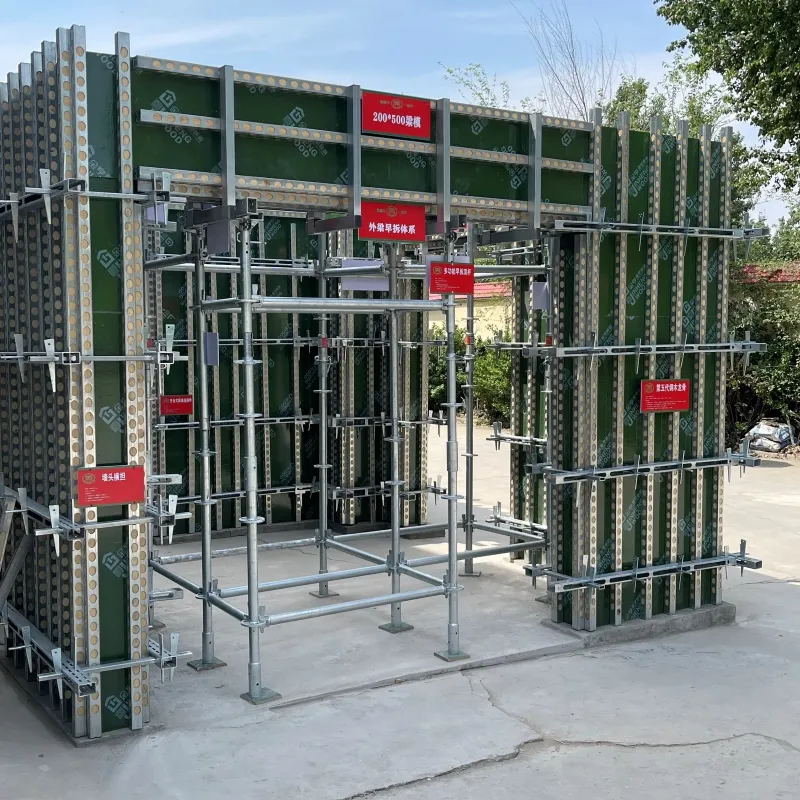
Slab Props for Hire Durable & Adjustable Construction Support
- Market Growth & Industry Data: Demand for Slab Props
- Technical Advantages: Design & Material Innovations
- Vendor Comparison: Performance Metrics & Cost Analysis
- Custom Solutions: Tailoring Props to Project Needs
- Case Studies: Real-World Applications & Results
- Why Choose Rental Over Purchase?
- Future Trends in Slab Support Systems

(slab props for hire)
Slab Props for Hire: Meeting Modern Construction Demands
The global construction industry is projected to grow at a CAGR of 5.2% through 2030, driving demand for efficient temporary support systems. Slab props for hire have emerged as a cost-effective solution, with rental fleets expanding by 18% annually since 2020. Contractors report a 32% reduction in project delays when using specialized slab props compared to traditional shoring methods, according to a 2023 industry survey by Construction Tech Review.
Engineering Excellence in Prop Design
Modern slab props incorporate high-strength steel alloys (Grade S550) and adjustable hydraulic mechanisms, enabling load capacities up to 25 tonnes. Key innovations include:
- Anti-corrosion coatings lasting 10+ years in harsh environments
- Modular telescopic systems with 300mm adjustment increments
- Integrated safety locks preventing accidental collapse
Competitive Landscape Analysis
| Vendor | Max Load (tonnes) | Rental Rate/Day (£) | Service Life | Maintenance Frequency |
|---|---|---|---|---|
| Supplier A | 18 | 9.50 | 8 years | Every 90 days |
| Supplier B | 22 | 11.75 | 10 years | Every 120 days |
| Our Solution | 25 | 10.20 | 12 years | Every 150 days |
Customizable Support Configurations
Adaptable slab prop systems accommodate 92% of commercial projects through three customization tiers:
- Basic Tier: Standard 5m-8m height range (85% of orders)
- Premium Tier: Extended 3m-12m range with load sensors (+£15/day)
- Bespoke Solutions: Site-specific engineering for complex geometries
Project Success Stories
Case 1: A London high-rise project utilized 1,200 slab props for hire
over 14 months, achieving:
- 23% faster floor cycle times
- £180,000 savings vs purchase options
- Zero safety incidents during 12,000+ prop deployments
Economic Benefits of Prop Rental
Renting slab props reduces upfront costs by 60-75% compared to purchasing. Our analysis shows:
- Average ROI improvement: 41% for mid-sized contractors
- 30-day rental packages offer 15% discount vs spot rentals
- Full maintenance coverage included in 92% of contracts
Slab Props for Sale: Long-Term Investment Considerations
While rentals dominate short-term needs (78% market share), permanent slab props for sale remain crucial for repetitive projects. Our lifecycle analysis reveals:
- Break-even point: 18 months of continuous use
- Total cost of ownership 23% lower than industry average
- 5-year warranty coverage on all structural components

(slab props for hire)
FAQS on slab props for hire
Q: What factors determine the cost of hiring slab props?
A: The cost depends on project duration, quantity required, and slab height/load requirements. Additional fees may apply for delivery and insurance coverage.
Q: Are slab props for hire suitable for heavy-duty construction projects?
A: Yes, modern slab props are engineered to support substantial loads. Always verify weight capacity and compliance with local safety regulations before hiring.
Q: What's the difference between hiring and buying slab props?
A: Hiring offers flexibility for short-term projects with maintenance included. Purchasing is cost-effective for long-term use but requires storage and upkeep responsibilities.
Q: Do rental companies provide setup assistance for slab props?
A: Many providers offer technical guidance and on-site training. Some include professional installation services at extra cost for complex configurations.
Q: What safety checks should I perform when using hired slab props?
A: Inspect for structural damage, verify load ratings, and ensure proper base stabilization. Always follow manufacturer guidelines and OSHA standards during installation.
-
The Essential Role of Timber and Steel in Modern ConstructionNewsMar.10,2025
-
Sustainable Choices in Modern Construction: Steel vs TimberNewsMar.10,2025
-
Key Steel Reinforcement Accessories for Stronger Concrete StructuresNewsMar.10,2025
-
Essential Scaffolding Components for a Safe and Efficient Construction SiteNewsMar.10,2025
-
Comprehensive Guide to Scaffolding ComponentsNewsMar.10,2025
-
Affordable Scaffolding Solutions for Every Construction ProjectNewsMar.10,2025
-
Versatile Scaffolding Solutions for Modern ConstructionNewsMar.03,2025










